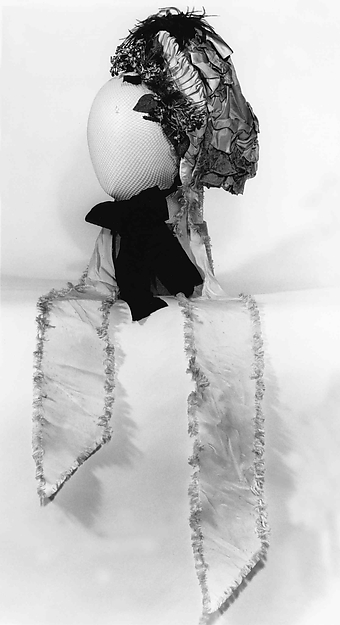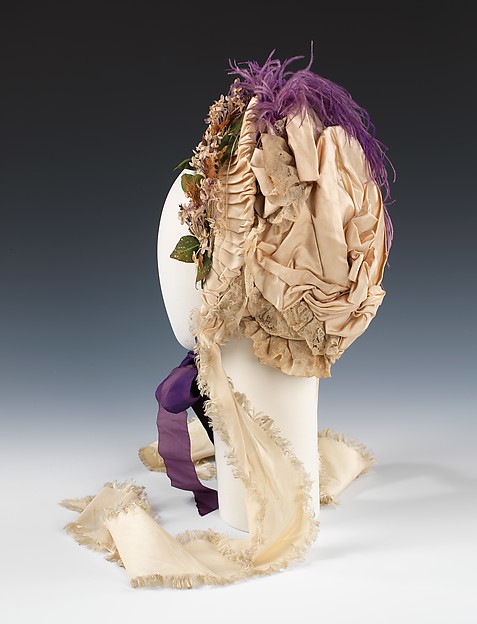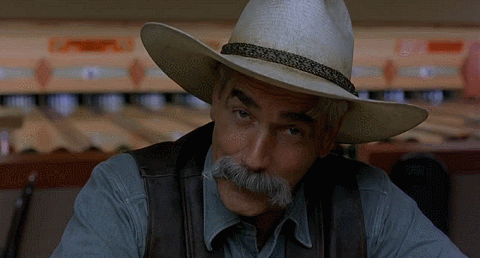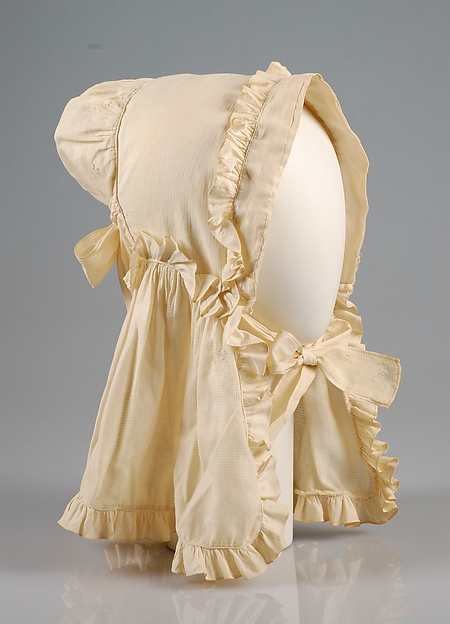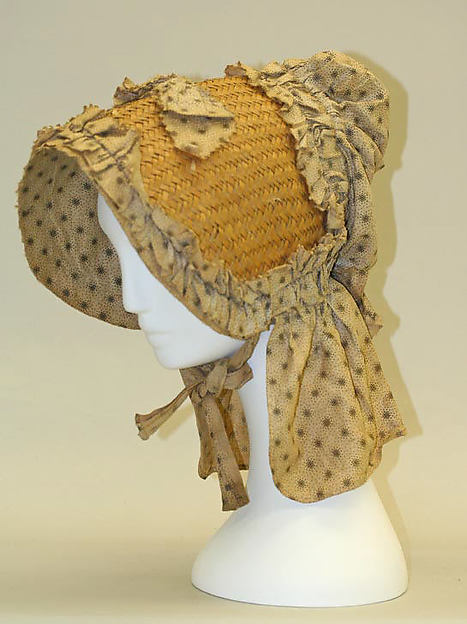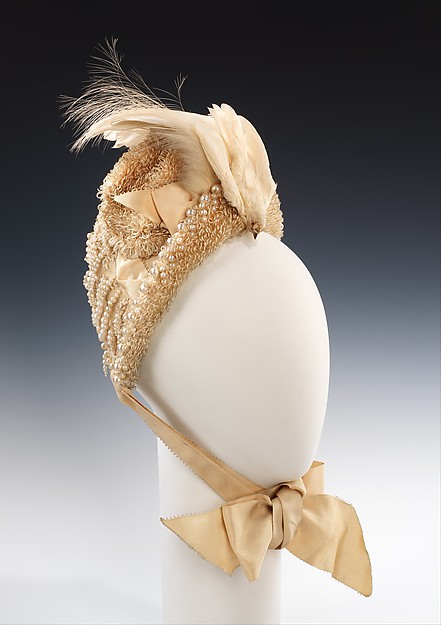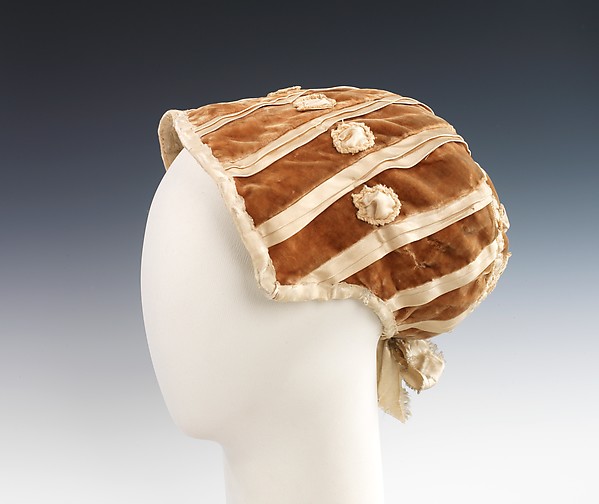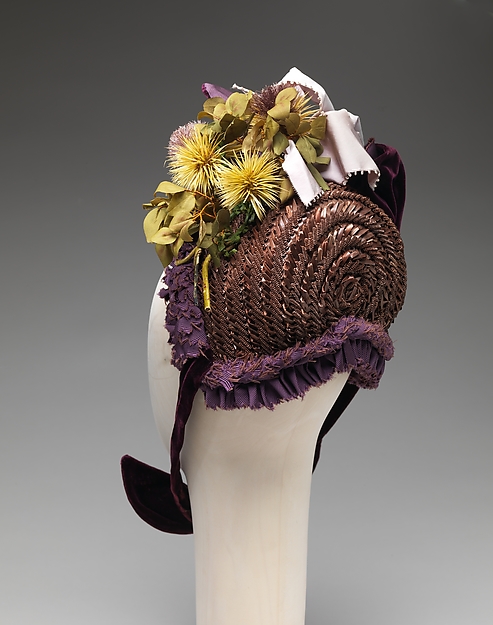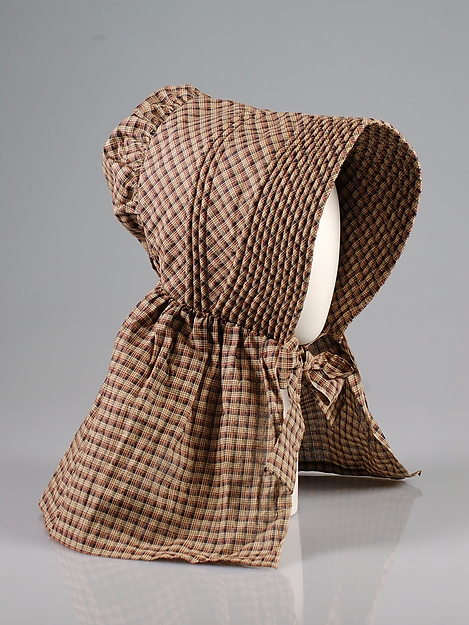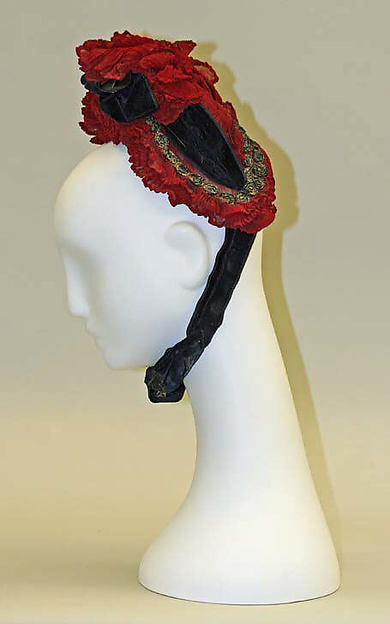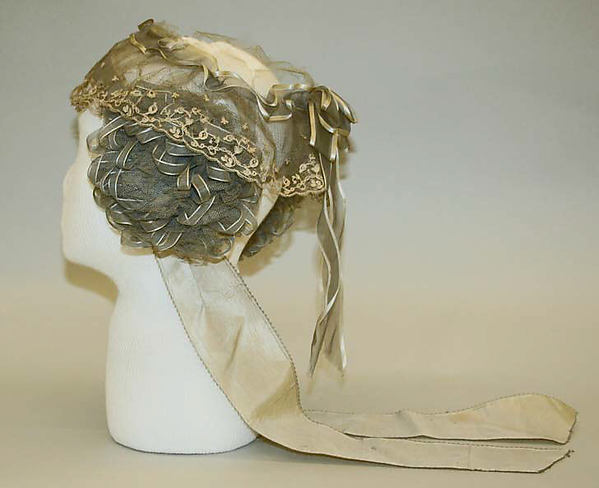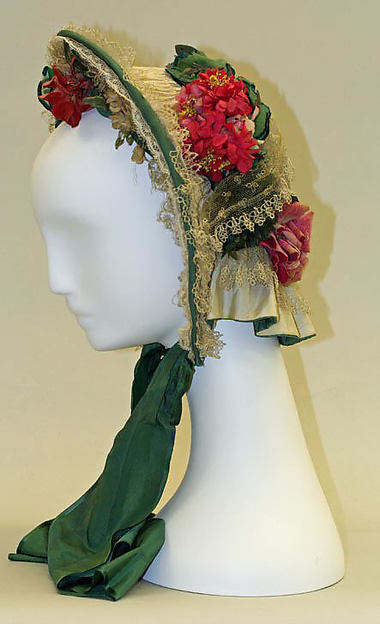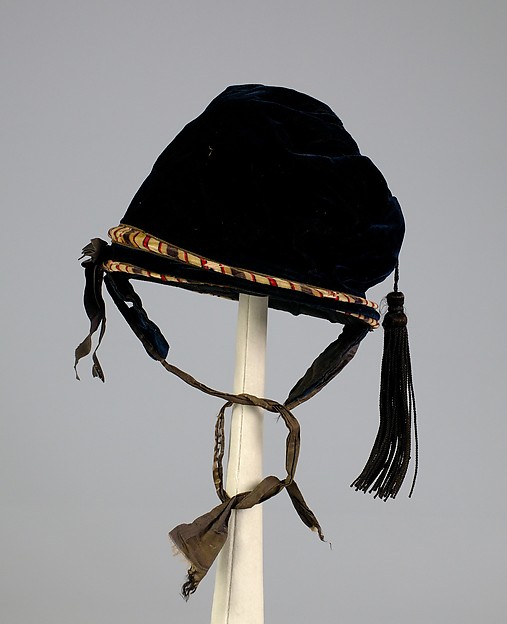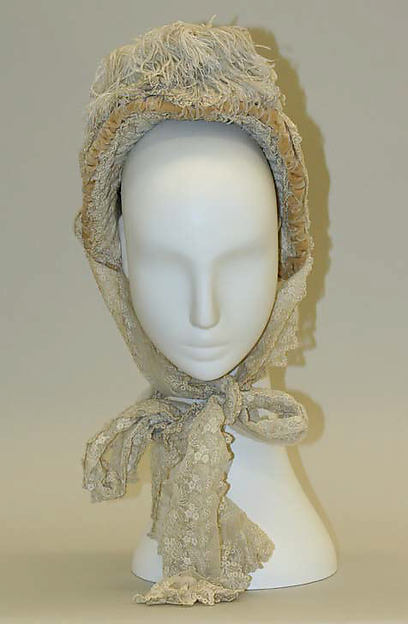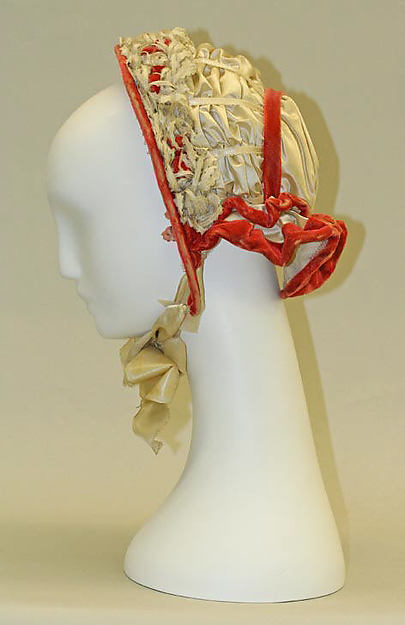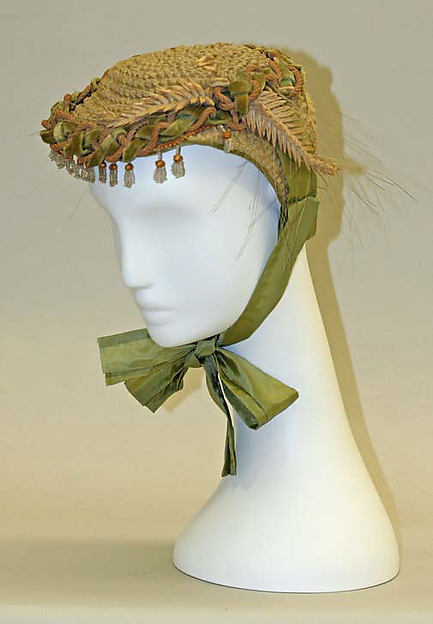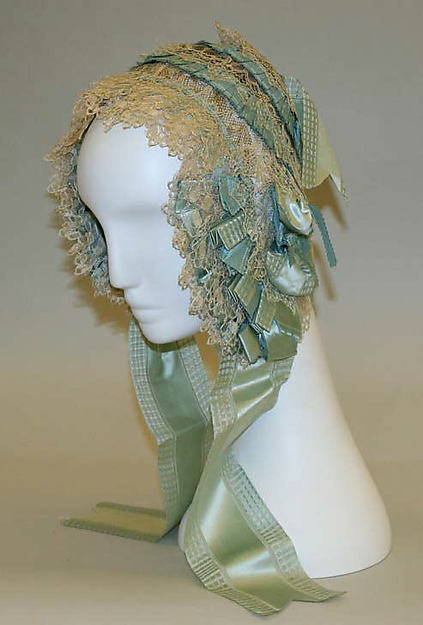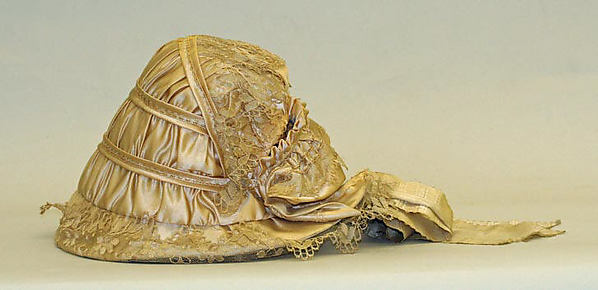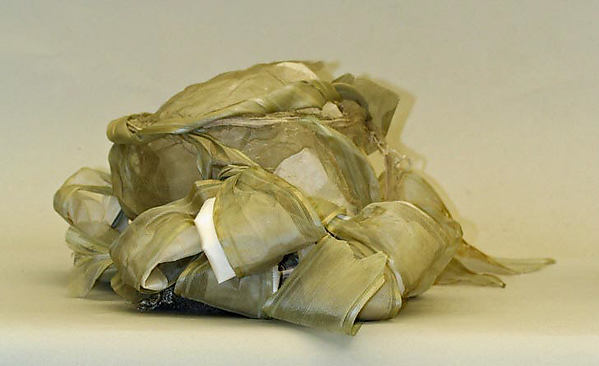So I am the queen of procrastination and when I made my Renaissance Fair dress last month, I realized the night before that I had nowhere to put my “modern necessities,” i.e. my cellphone, chapstick, safetypins, and the like.
Drawstring purses are pretty easy to make and there are tons of variations ranging from a simple square folded over to more complex bags with flat bottoms, and fancy linings. I have made simple drawstring purses mere minutes before I had to be out the door, but this time I had a few hours. Plenty of time for a slightly gussied-up version! All I knew is that I wanted something shield-shaped that could fit my book-shaped cellphone case and other sundries. This is the final result, which I’ve dubbed THE PROCRASTINATOR’S PURSE:
I was originally going to do an exhaustive walk-through of how to draft your own pattern for one from a piece of US Letter (A4) paper…
…but then I decided to save y’all the trouble and just make a PDF version you can download and print from home!
The Procrastinator’s Purse Pattern PDF
To maximize the size, it does go all the way to the edges of the paper, so your printer at home may cut off the top and bottom a bit. Just draw it back in. I am no professional pattern or instruction drafter myself, so don’t worry about getting it just right. This is the Procrastinator’s Purse, not the Perfectionist’s Purse!
I put two shapes on the pattern for you to choose from: a sharp triangle bottom (solid line) and the curved shield-shaped bottom (dotted line). Seam allowance is already accounted for. This pattern can be sewn with a 1/2″ or regular 5/8″ seam allowance. It’s just up to your personal preference and how much room you want.
The first time I made this purse, it took two and a half hours because I was just making it up as I went along and I added trim. Now that I know what I’m doing, the plain striped version I whipped up for this post took only an hour to make!
Step 1: Cut 2 of your fashion fabric and 2 of your lining fabric. The lining will show, so keep that in mind when picking out your fabrics!
I picked two scraps for this demonstration: striped faux-silk from the Regency waistcoat I made for my friend Wix and swiss dot cotton from my Butterick 6093 project.
If you want to add any trim across the front of your purse–like I did for the yellow and black version of this bag–sew it to the right side of your fashion fabric first before proceeding with the next steps.
Step 2: Pair each fashion fabric piece with a lining piece. Put the right sides together. Use a pin to mark where the top line of the drawstring stitching goes on each side.
Step 3: With right sides together, sew each fabric/lining pair around the squared top edge starting above the pins marking your drawstring. I recommend backstitching at the beginning and end of your stitch line for strength.
Clip the corners before turning the pieces right-side-out. Iron the pieces flat, turning under the seam allowances about 2 inches down the sides. This will make sewing the drawstring channel easier. Sorry I didn’t get a picture of this step, but if you scroll down to the picture in step 5, you can see the leftover fold marks.
Step 4: Sew the drawstring channel. The channel I put in the pattern is 1/2 inch wide. This is top-stitched, so your stitching will show on the outside of the bag. Pick a color of thread that blends into your bag (at least for the most part).
Step 5: Once you’ve got both drawstring channel stitch lines done, make small snips in the seam allowances so you can iron it flat. Do this to the seam allowances on both the fashion fabric and lining.
Once you’ve snipped the seam allowances and ironed the two halves of the purse flat, put the two halves together with the fashion fabric sides together.
Step 6: Stitch the two purse halves together starting below the bottom of the drawstring channel. Backstitch at the start and end of your stitch line for extra strength. Be careful not to sew the ends of your drawstring channel shut!
This purse is not bag-lined, so it will have “raw-ish” edges on the inside (remember: this is the Procrastinator’s Bag, not the Perfectionist’s Bag!). To minimize fraying and add strength to the seam, I zig-zag stitched close to my original stitch line and trimmed away the excess fabric for a neater finish (especially if your fabric wants to fray like my faux-silk did).
Turn your Procrastinator’s Purse right-side out and iron.
Step 7: Cut two long pieces of ribbon and thread them through the drawstring channels on each side of the bag.
28 inches is a good length for your ribbon, though if you like longer, more luxurious tails, you can cut yours 32 inches long. You will loose about 2 inches of length trimming the ends later, so keep that in mind.
For this demonstration purse, I used 1.5 inch wide poly satin ribbon from Walmart, which is about the widest you can fit into a 1/2 inch boning channel. For my first yellow purse, I used 3/4 inch wide ribbon elastic (the type used to make headbands and hair ties). I like the elastic because it holds the “scrunch” at the top of the bag better than the smooth ribbon, but it does make your bag bob around when you walk and it will stretch the more stuff you carry.
To get the ribbon through the channel, I folded it over a few times and put a safety pin through as a makeshift bodkin.
The following steps are optional ones I did to achieve the look I wanted. You can do all sorts of things to personalize your Procrastinator’s Purse depending on how much you procrastinated. Have a few hours left? Add some beading. Have a few minutes left? Just tie your ribbons together and get in the car, girl!
Since I had an hour left, here’s what I did to my purse:
Trim the edges of the ribbon diagonally. This removes the pinhole left by the safety pin and will help keep the ends from fraying. To weigh them down, especially if you used a lightweight synthetic ribbon like my Walmart poly one, tie a simple knot an inch or two back from the end. You could even add beads (like the large-holed ones used for add-a-bead jewelry) if you wanted to gussy it up for evening-wear!
Tie the ends of the other ribbon together to form a carrying loop.
This purse is very deep, which is great if you have a large phone or plan to really stuff it full of souvenirs. However, all that stuff puffs out the point, distorting the nice shape and leading to a lot of inelegant and frustrating digging around for tiny things at the bottom of the purse.
To alleviate both these problems, I squared off the bottom with a line of stitching 1.5 inches up from the point. I marked a optional stitching line for it on the PDF pattern. This stitch line can be moved father down, too, if you want a squared bottom, but your phone/fan/etc. needs a bit more room.
 The joy of horizontal fabric stripes: my fabric happened to have a handy-dandy line right where I needed it!
The joy of horizontal fabric stripes: my fabric happened to have a handy-dandy line right where I needed it!
And for a last bit of pizzazz, I added a dangle to the point of the purse. For both purses, I used an Indian wedding earring from a pair that I found at a flea market.
AND IT’S DONE!
This purse is big enough that everything in the above picture– cellphone+case, chapstick, 40″ strand of glass pearls, vintage cigarette-turned-business-card case, safety pins, hairpins, and fan– fits inside:
 Shazam! Magical disappearing act!
Shazam! Magical disappearing act!
 Huzzah! Now I have one version that matches my Renaissance dress and another that will work with my Regency and Edwardian dresses!
Huzzah! Now I have one version that matches my Renaissance dress and another that will work with my Regency and Edwardian dresses!
It’s not perfect, but it’s a pretty, practical project for the ambitious Procrastinator!
If you make your own Procrastinator’s Purse (or any drawstring purse), pop over to my Facebook Page and send me a picture so I can see it!























